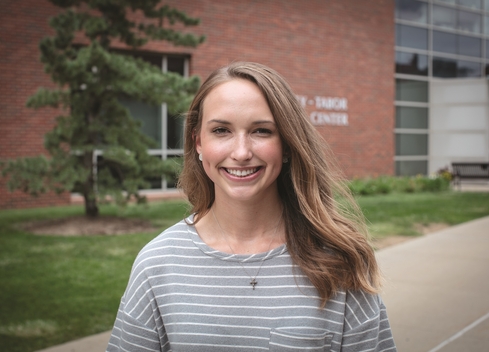Pre-Optometry

Overview
Program Highlights
More than half of all the adults and children in the United States wear eyeglasses or contact lenses. Presbyopia, which usually occurs after the age of 40, and glaucoma, the leading cause of blindness, are the two most prevalent disease conditions that are routinely treated by an optometrist.
Doctors of optometry examine eyes to diagnose vision problems and eye disease. In most states, they are licensed to treat a variety of eye conditions and use instruments to examine eye health and test patient's visual acuity, depth and color perception.
Business ability, self-discipline and the ability to deal with patients are essential for success. While many optometrists are self-employed, a growing number are in partnership or group practice and some work as salaried employees of ophthalmologists, in hospitals or for HMOs.
All states require that optometrists have a Doctor of Optometry degree from an accredited optometry school and pass both a written and clinical board examination. The four-year optometry school program is preceded by at least three years of study at an accredited college or university and most students have a bachelor's degree. There are 17 accredited U.S. schools of optometry. Acceptance is dependent upon undergraduate performance, Optometry Admission Test (OAT) scores, letters of evaluation, interview results and successful completion of all entrance requirements.
External Links
- American Optometric Association
- American Academy of Optometry
- American Academy of Ophthalmology
- Association of Schools and Colleges of Optometryl
- PubMed: a SEARCH ENGINE for all of medicine
Plan of Study
Sample Plans of Study
Plans of study show the types of courses you might take as a student in a particular major or program. This is presented simply to provide a realistic preview of your coursework. Once you enroll at Millikin, a faculty advisor will guide you through the process of selecting courses that will help you graduate on-time from this program. While these plans demonstrate a plan of study that cover eight semesters, each student’s academic path is unique and your timeline may look different.




